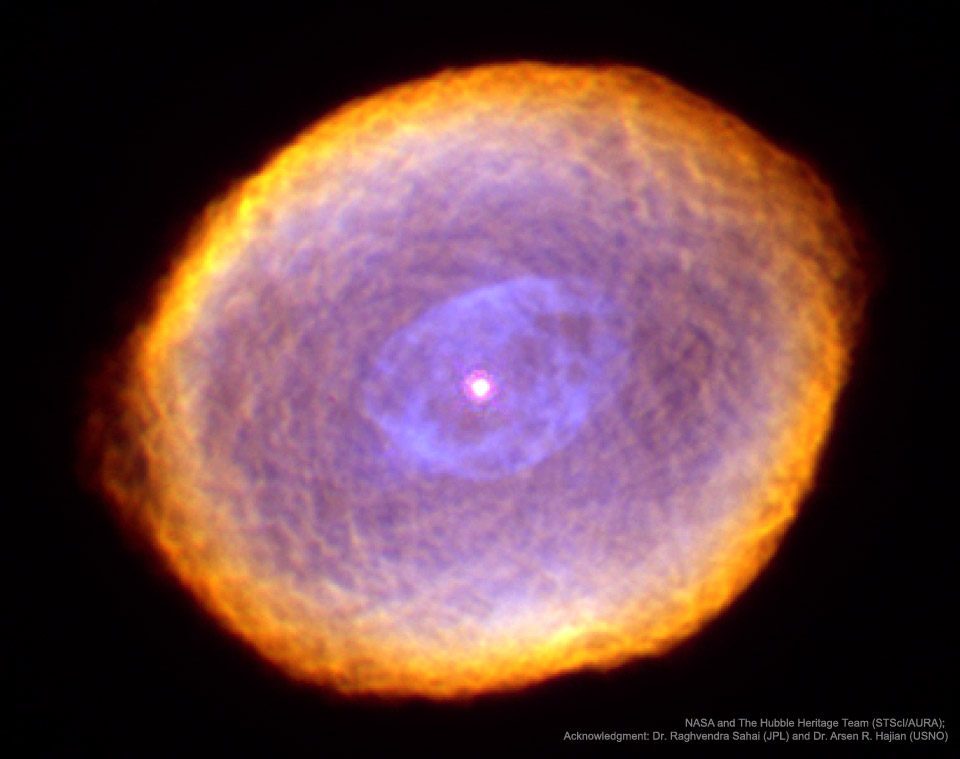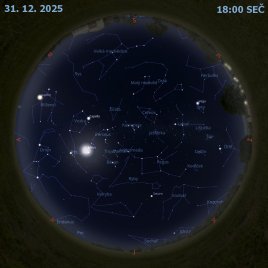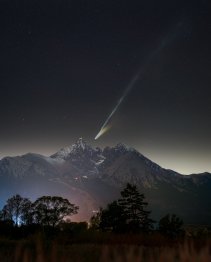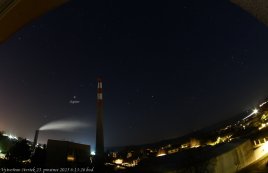IC 418: Mlhovina Spirograf

Uznání: NASA, ESA, and the Hubble Heritage Team (STScI/AURA); Acknowledgement: R. Sahai (JPL) et al.
Co vytváří tuto zvláštní texturu v IC 418? Planetární mlhovina IC 418 se pro svou podobnost s kresbami z cyklického kreslícího přístroje nazývá mlhovina Spirograf a vykazuje vzory, kterým není dost dobře rozumět. Možná, že souvisí s chaotickými větry z centrální proměnné hvězdy, která mění nepředvídatelně svoji jasnost během pouhých několika hodin. Naproti tomu existují důkazy, že před pouhými několika milióny let byla hvězda v IC 418 pravděpodobně velice podobná našemu Slunci a tedy dobře prostudovaná. IC 418 byla před pouhými několika tisíci lety nejspíše obyčejným rudým obrem. Jelikož jí už dochází jaderné palivo, tak se vnější obálka začala zvětšovat a zanechala horké žhavé jádro, které je odsouzené k tomu stát se bílým trpaslíkem, který je vidět ve středu snímku. Světlo z centrálního jádra excituje okolní atomy v mlhovině a ty pak září. IC 418 se nachází asi 2000 světelných let daleko a měří asi 0,3 světelných let. Snímek ve falešných barvách pořídil Hubblův kosmický dalekohled a vykazuje neobvyklé podrobnosti.
NASA Official: Phillip Newman Specific rights apply. NASA Web Privacy Policy and Important Notices
A service of: ASD at NASA / GSFC & Michigan Tech. U.
Odkaz na originální APOD


